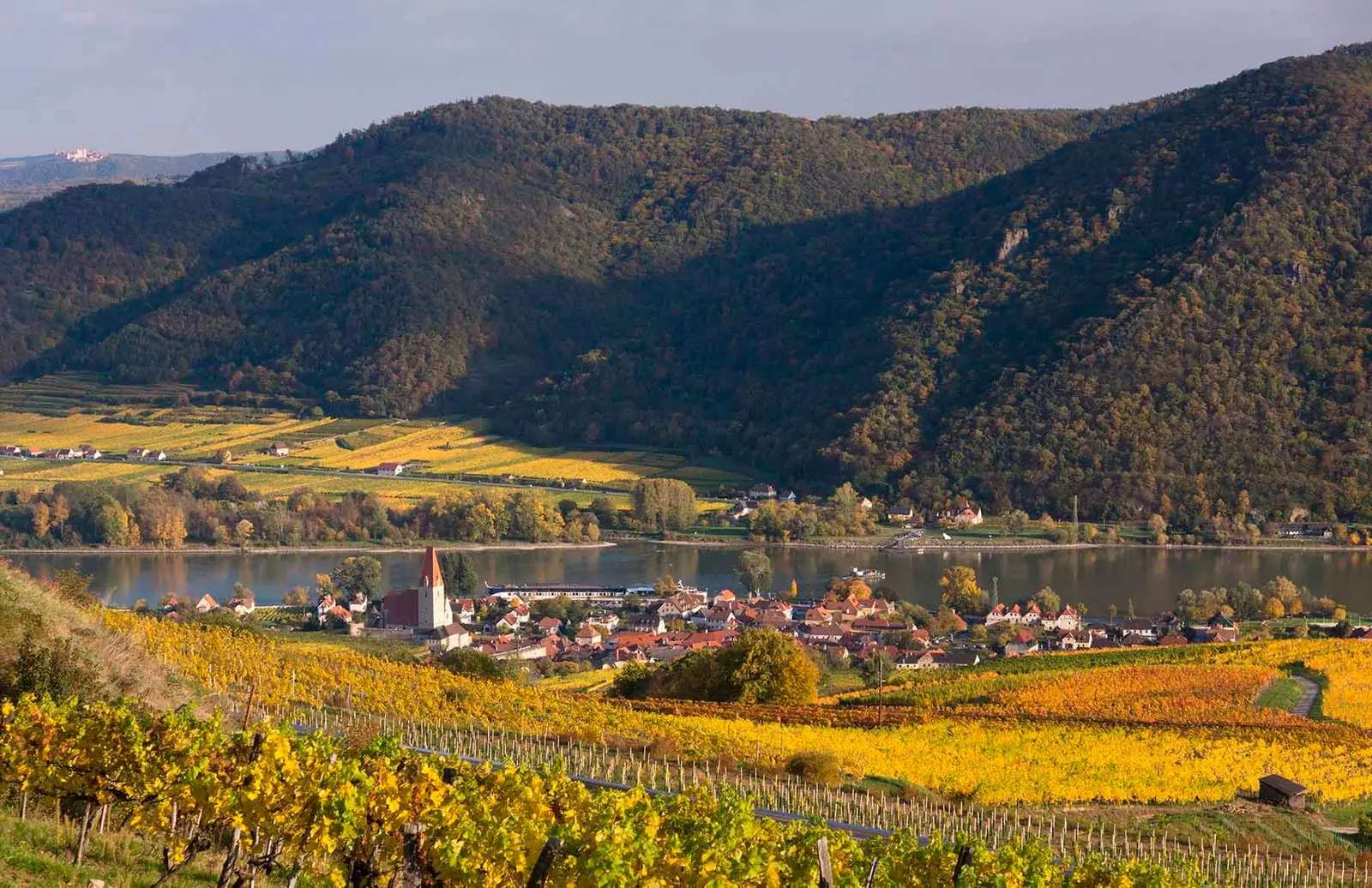
Wachau, a fairytale landscape
This valley through which the Danube , not far from the capital, has been chosen by Traveler as one of the best wine destinations to visit in 2018 . We tell you why.
Vienna . The city that saw ** Klimt grow as an artist,** who adored sissy and that supports long queues morning and afternoon next to the Sacher Hotel to try her famous cake and next to the nearby Opera, to access some of its functions -even if it is at the last minute and standing up-. Vienna has everything a big european city can dream, yes...
But to really dream, to enter a landscape almost fairy tale , must leave Vienna. Just a little bit, getting away just an hour by car (or crossing the Danube) and entering another world, full of green slopes and lush landscapes . Oh, and where Viennese wines are made best known outside its borders. So, already in Wow, it seems that the hubbub of the city is far, far away.
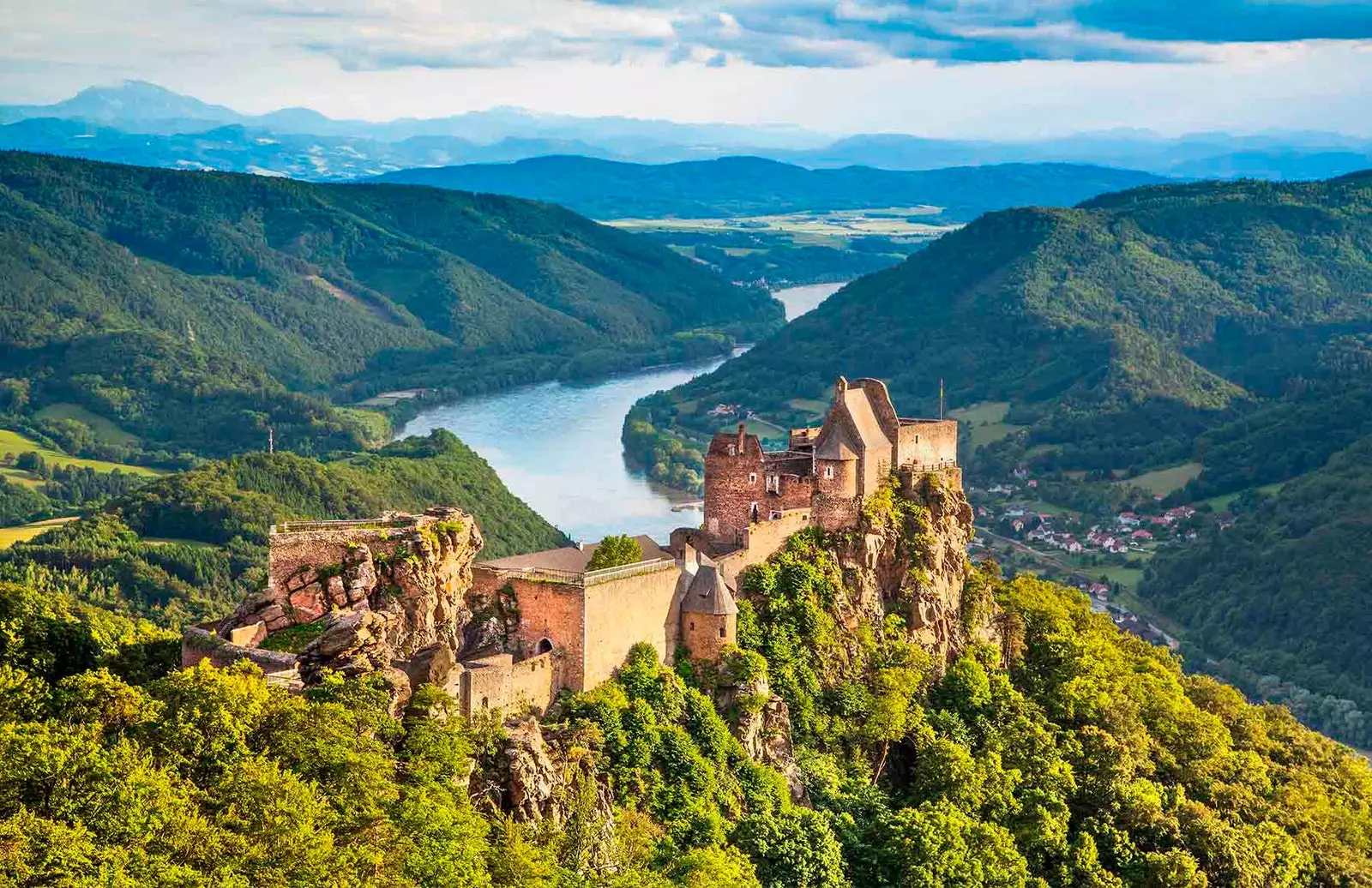
Getting to Wachau is like entering another world...
OF LEGENDS AND ABBEYS
This valley in Lower Austria, UNESCO World Heritage Site , runs along the barely 33 kilometers that separate the cities of Krems and Melk , and is populated by vineyards, but also by castles and monasteries ; again, as in so many other prestigious wine-growing areas, the monks They had much to do with the agricultural development of this region.
On these majestic buildings there is no lack of dose of legend Like for example the one that tells that Richard the Lionheart , returning from the Crusades, he refused to share his spoils of war with the Austrian King Leopold V . Also, ripped country flag , so the monarch imprisoned him in the castle of Durnstein , today in ruins, and from where you can see a nice view of the valley and the village which gives its name to the palace.
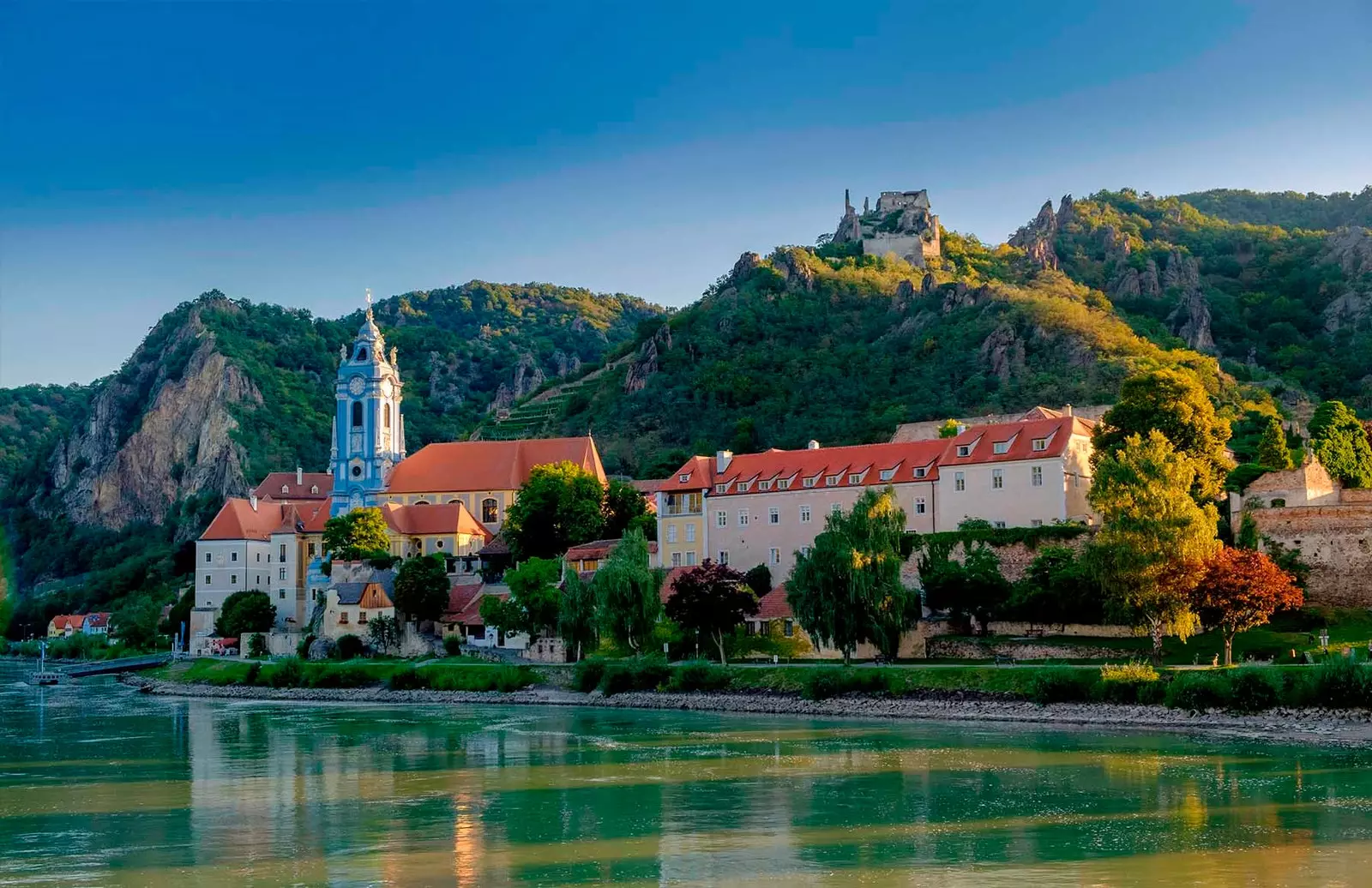
Dürnstein castle on the hill
Returning to the vineyards, and although there are indications in the region that they were already cultivated during the Roman age, it was during the Carolingian empire, in the ninth century, when they lived their splendor. And then it was the turn of the monks, Bavarian orders that settled in the Wachau and are responsible for the characteristic terraced structure that the vineyards have.
In fact, the 1,350 hectares of vineyards that make up the wine-growing heritage of the valley are located between two Benedictine abbeys , that of Melk, spectacular baroque construction which continues to welcome monks, and that of Gottweig , founded in 1083 and from which you should not leave without visiting its imperial staircase , one of the largest in Europe.
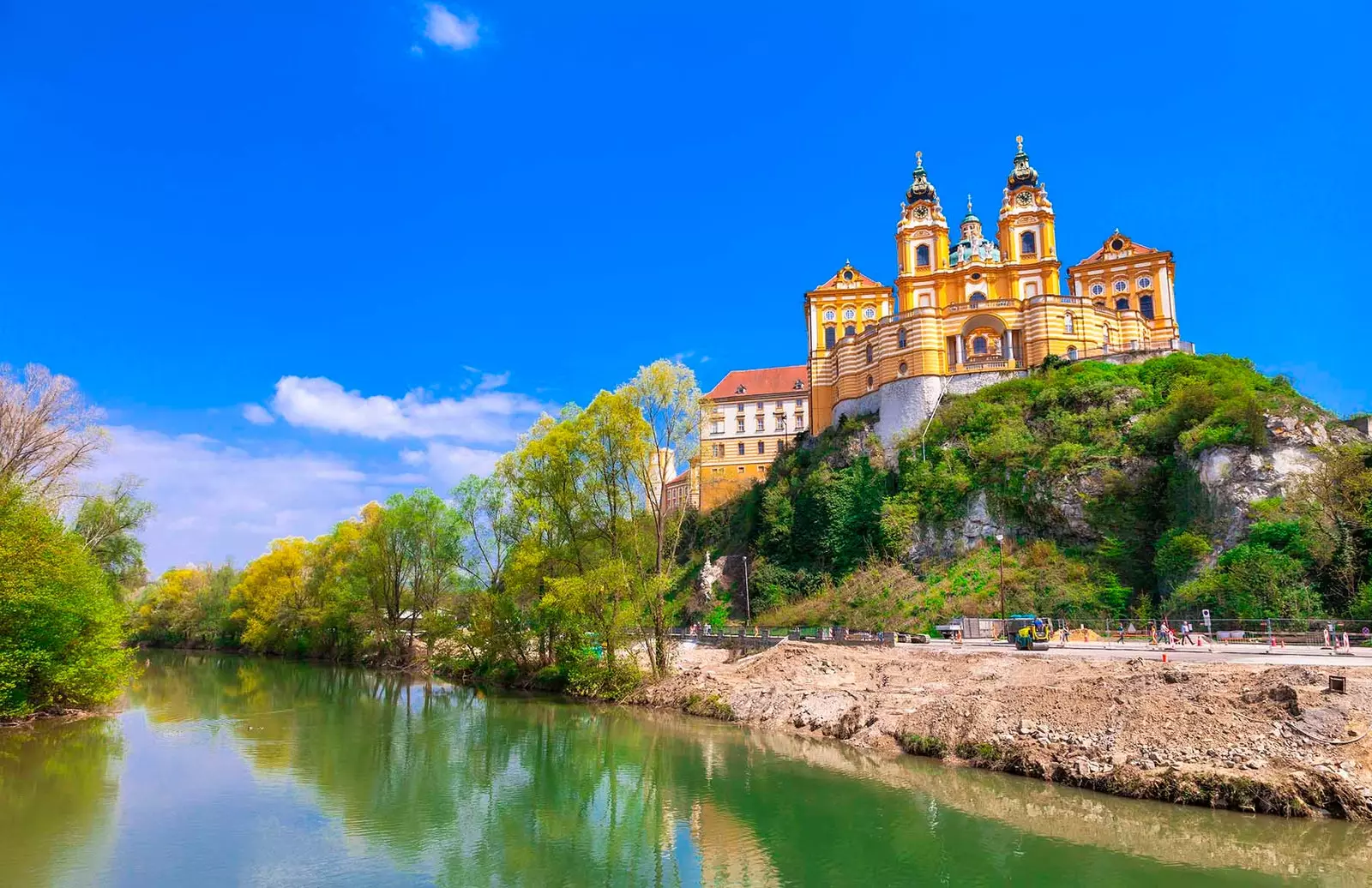
The beautiful abbey of Melk
AND THE WINES, WHAT?
Wachau wines are among the best known of Austria within outside its borders. And not only because this valley compares in beauty to other river regions with terraced vineyards and located on vertiginous slopes, such as the Ribeira Sacra or the Douro Valley, also a World Heritage Site.
For a little over 30 years, there has been in the Wachau a producers association which encompasses most of the 232 wineries operating in the region and ensures the wine quality with your stamp. The grouping is known as Vinea Wachau although his full name is Vinea Wachau Nobilis Districtus , a bombastic name that refers to the possessions of Leopold I , a medieval king to whom what is now the wine-growing area of the region belonged.
Vinea shares a code of conduct, a sort of regulation that watches over the production quality and maintains the particular structure of its vineyards. In the area there are many small producers , given over to viticultural work that requires effort (terraces and steep slopes make it difficult, and even impossible, to mechanized work ) and whose costs are high.
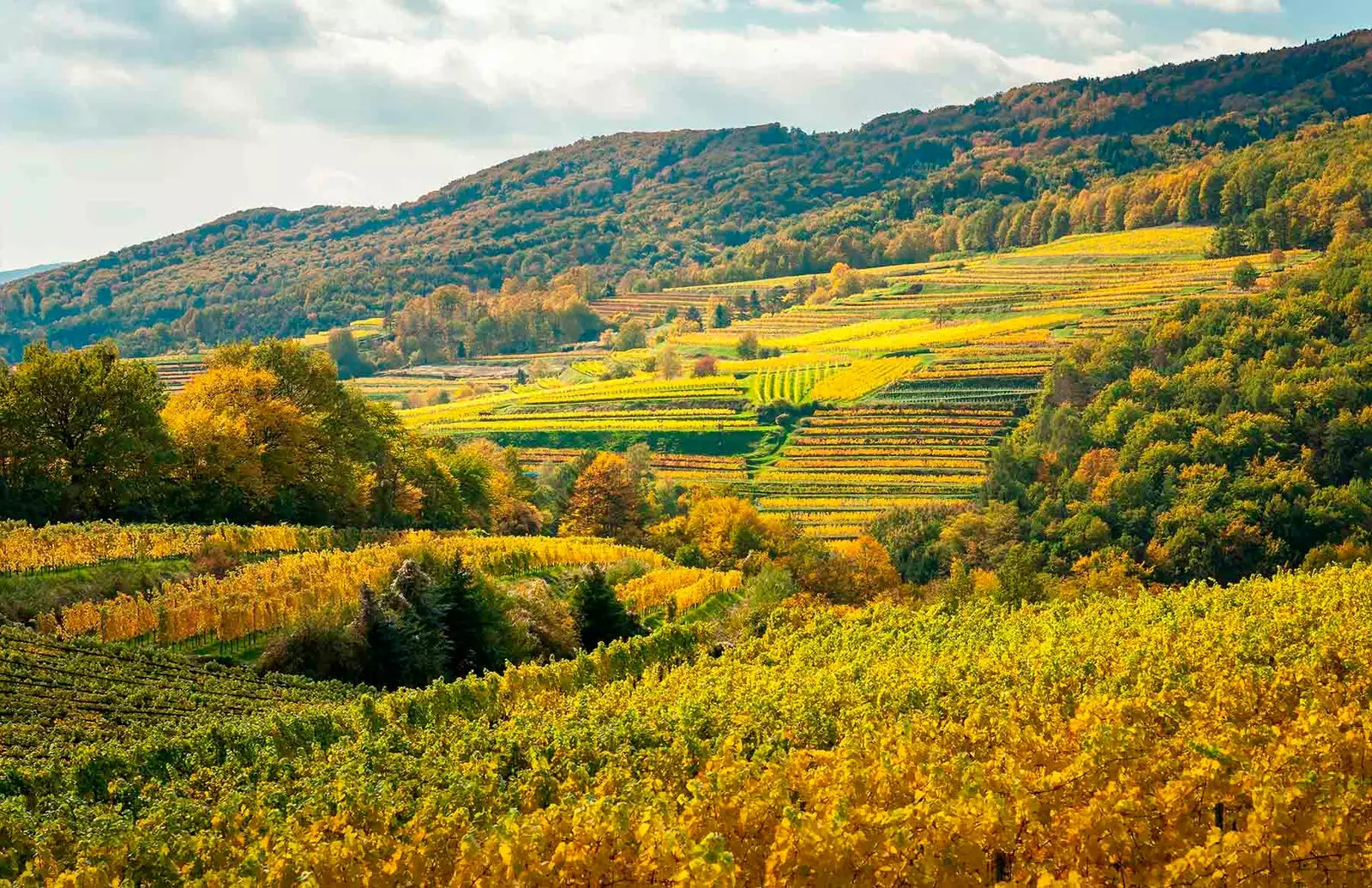
The rules are clear: no mechanization
Wachau wine, which Vinea differentiates into three categories according to its alcoholic content ( Steinfeder, Federspiel and Smaragd ) maintains a common denominator: it is a dry white to which no sugar is added and it doesn't have any wood marked note; Although some producers may use it to age their wines for a time, they must do so in such a way that it does not acquire vanilla notes , for example, or other touches provided by the aging in barrels.
The association obliges producers to harvest the grapes by hand and to one craftsmanship Starting from the two main fruits of the Austrian vineyard, the local grüner veltliner and the “great white” European, the royal riesling . These, along with other lesser-known varieties that are more difficult to pronounce, such as neuburger, gelbe muskateller, weißburgunder or traminer, make up the identity of these whites, another reason to get away a little (even if it costs, given the beauty of the Austrian capital) from the Viennese hustle and bustle.
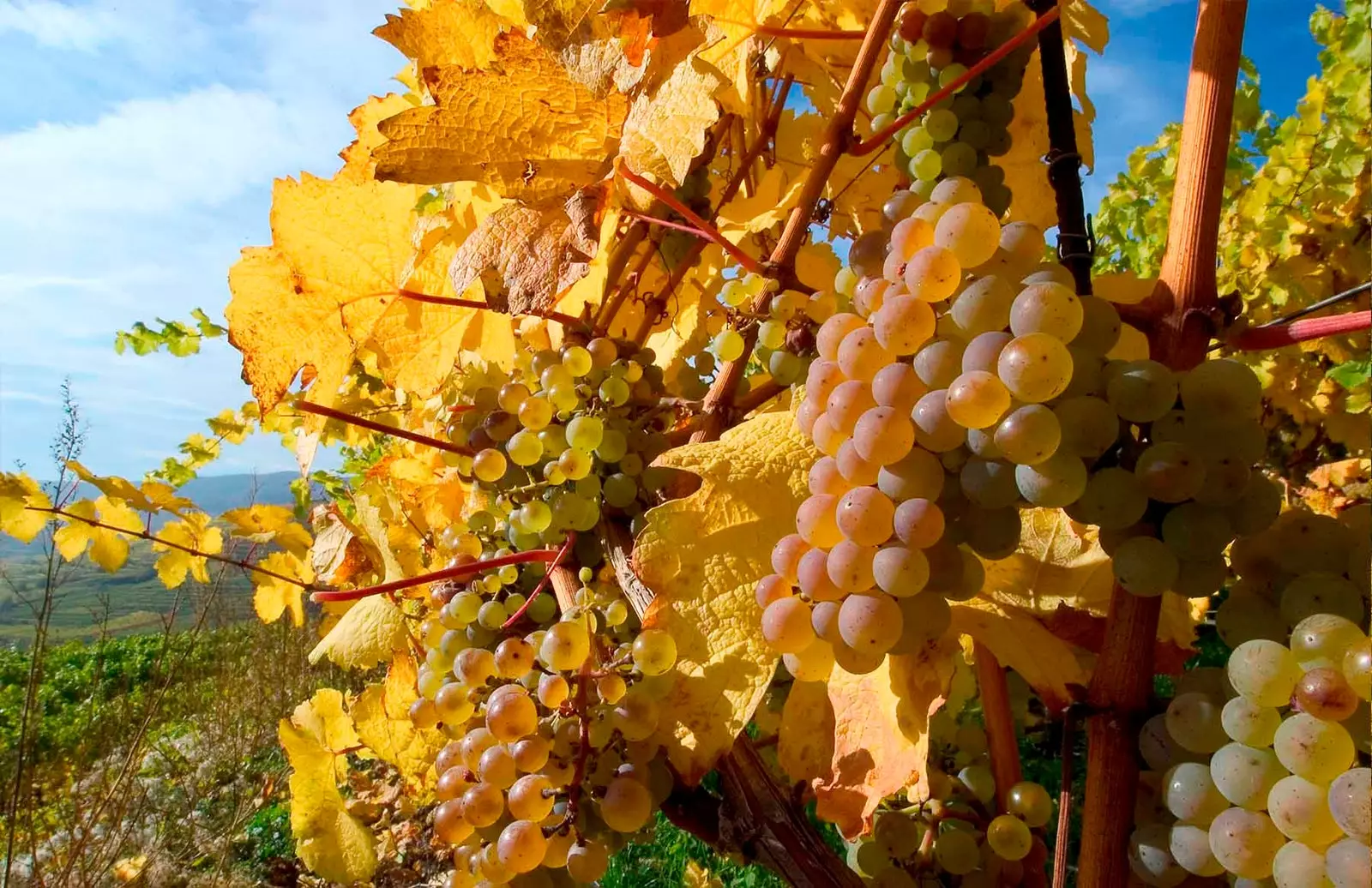
Wachau grapes
GETTING TO WACHAU
If you are in Vienna, an easy way to get closer to the region is by car, by S5 , a road that runs parallel to the Danube. Although to live a more intense experience, it is not a bad idea to take one of the ** cruises that cross the Danube ** from Vienna to the region, and go down on the shore to visit the towns or the wineries.
AND A WINE…
** Rainer Wes s ** founded his winery in 2003 and produces in about old cellars that belonged to the abbey of Wilhering . supporter of the organic viticulture , he makes wines with grüner veltliner and riesling, mainly, and bottles them according to their origin. I like your Wachau Riesling, a mineral, fruity, cheerful and fresh wine that is very easy to drink, although it does not give up its point of complexity either. If you are in Vienna, you can find it, for example, at ** Wein& Co **, a shop and wine bar with several locations in the capital. RRP: 13 euros.
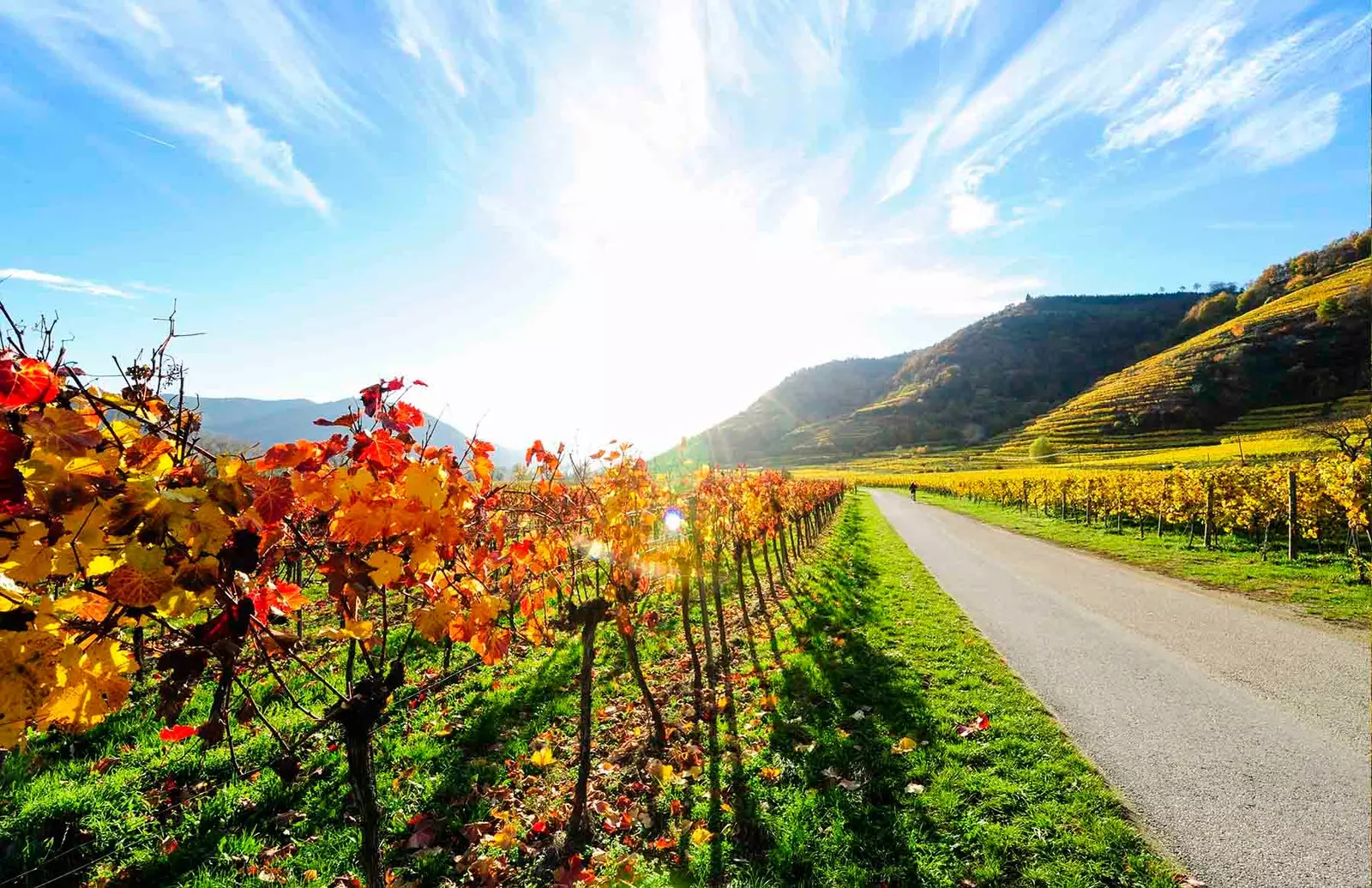
Arriving at Wachau
